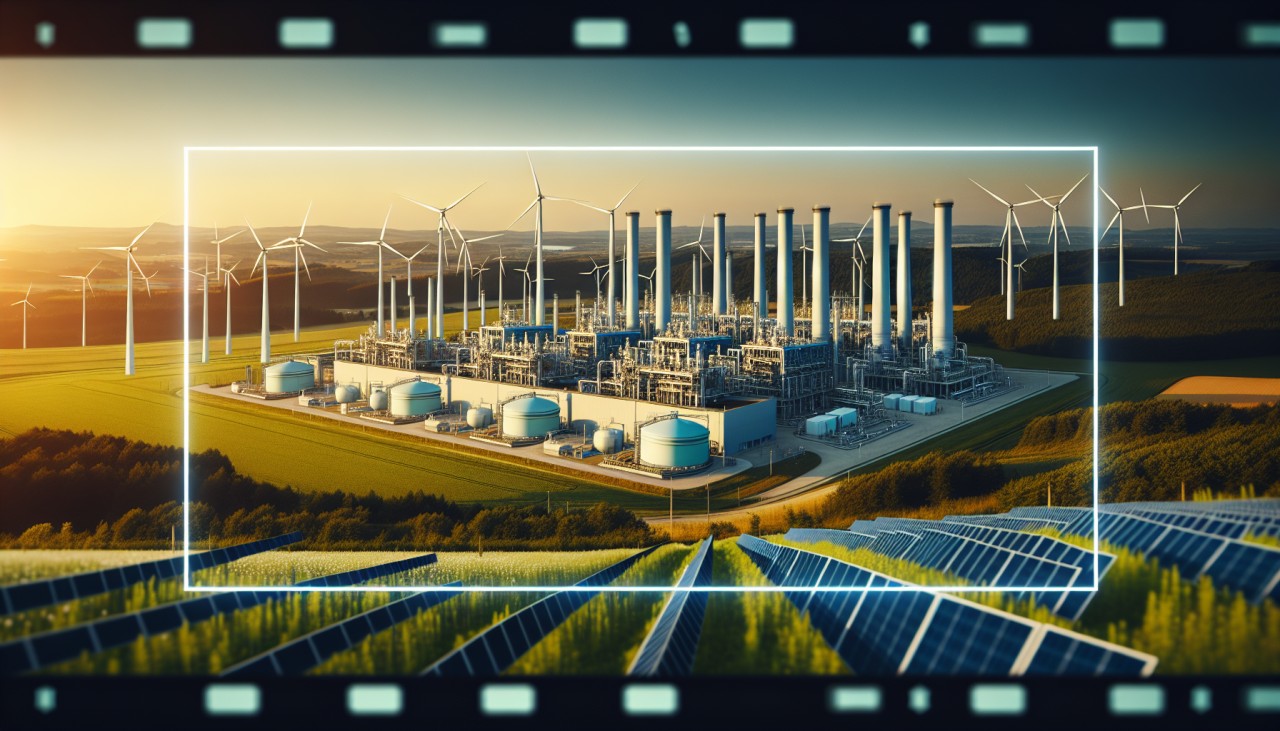


Green hydrogen, produced through the electrolysis of water using renewable energy sources, is gaining momentum as a clean alternative to traditional fossil fuels. In 2023, global hydrogen demand reached 97 million tonnes, with a 2.5% increase compared to 2022. However, less than 0.1% of this demand came from new applications such as 100% hydrogen-based direct reduced iron (DRI) and hydrogen fuel in transport and power sectors. The International Energy Agency (IEA) emphasizes the need for a rapid scale-up of low-emission hydrogen to meet climate goals, aiming for around 50 million tonnes of hydrogen production based on electrolysis and more than 15 million tonnes produced from fossil fuels with carbon capture, utilization, and storage (CCUS) by 2030. iea.org
Recent developments highlight the growing interest in green hydrogen. The Ulsan Green Hydrogen Town in South Korea is a notable example, where hydrogen produced as a byproduct from petrochemical complexes is being integrated into the city's energy system. This initiative aims to establish Ulsan as a global hydrogen-based energy hub, with investments totaling KRW 250 billion to build infrastructure supporting hydrogen mobility, including automobiles, ships, and construction equipment. en.wikipedia.org Additionally, the International Energy Agency reports that low-emission hydrogen production accounted for less than 1% of total hydrogen production in 2023, indicating significant potential for growth in this sector. iea.org